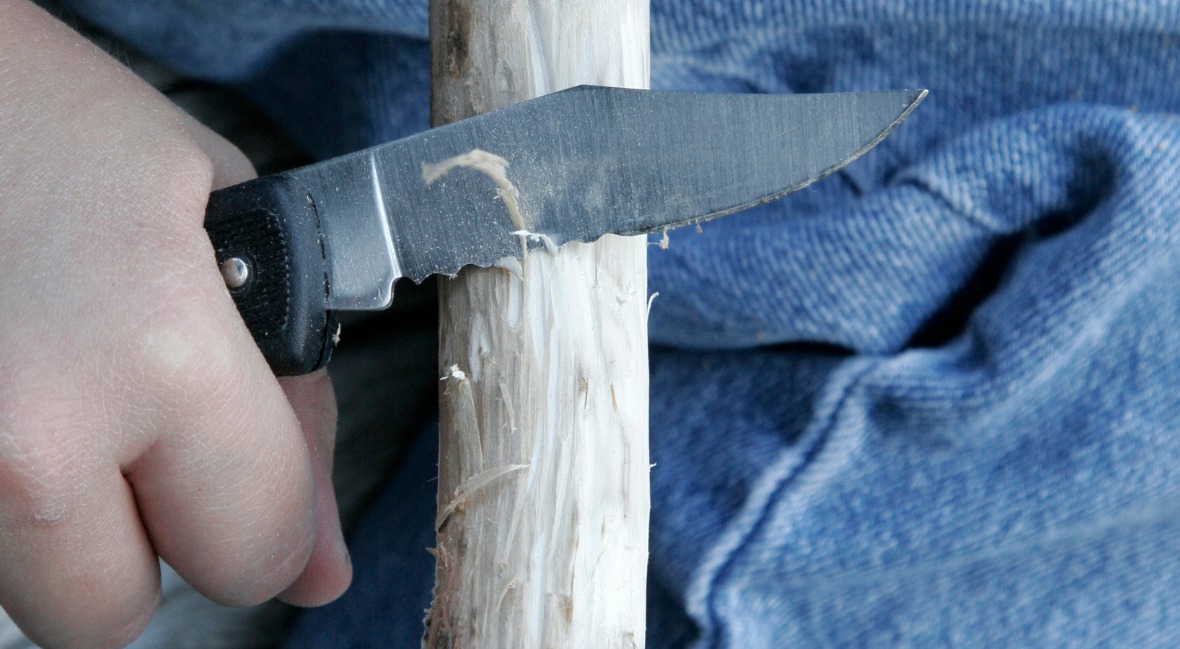For kitchen professionals, the ability to skillfully and safely handle a folding knife is not just a necessity; it's an art form. Understanding how to hold a folding knife properly can significantly impact your efficiency and safety in the kitchen. Whether you're slicing, dicing, or performing intricate cuts, the right grip ensures precision and control.

The Importance of Proper Knife Handling
Folding knives are versatile tools, essential for a multitude of tasks in both professional and personal settings. Their compact design allows for easy storage and portability, making them a favorite among chefs who value functionality. However, improper handling can lead to accidents or ineffective cutting techniques. Learning how to hold a folding knife correctly is crucial for maximizing its potential while minimizing risks.
Understanding Knife Anatomy
Before diving into the intricacies of handling, its vital to comprehend the anatomy of a folding knife. Typically, these knives consist of a blade and a handle, with a pivot mechanism enabling the blade to fold into the handle. Familiarizing yourself with these components can aid in understanding how different grips affect the knifes operation.
Choosing the Right Folding Knife
The market is flooded with various types of folding knives, each designed for specific purposes. When selecting a knife, consider factors such as blade shape, size, and material. A well-chosen knife aligns with your hands ergonomics, offering comfort and enhancing control. Explore different options to find a knife that suits your specific needs. For more insights, you can check out this guide on types of knives.
Basic Grips for Folding Knives
Gripping a folding knife effectively requires practice and understanding. Here are some fundamental grips that kitchen professionals often employ:
The Hammer Grip
The hammer grip is the most common and intuitive way to hold a folding knife. In this grip, the handle rests inside the palm while the fingers wrap around it, similar to holding a hammer. This grip provides stability and is ideal for tasks that require power and force.
The Pinch Grip
For more precise work, the pinch grip is preferred. Here, you pinch the blade's spine between your thumb and forefinger while the rest of the fingers support the handle. This grip offers better control for delicate cuts and is frequently used in professional kitchens.
Advanced Techniques for Mastery
Once youve mastered the basic grips, you can explore more advanced techniques to elevate your knife handling skills:
Choke-Up Grip
This technique involves holding the knife closer to the blade, providing enhanced control for intricate tasks. Its particularly useful for tasks requiring precision, such as garnishing or peeling. Mastering this grip can significantly improve your culinary craftsmanship.
Reverse Grip
Though less common in kitchen settings, the reverse grip can be advantageous for specific tasks. In this grip, the blade points downward while the handle is gripped in a fist. Its beneficial for tasks requiring downward force.
Safety Tips for Using Folding Knives
Safety is paramount when handling sharp tools. Here are some essential tips to ensure safe usage:
Regular Maintenance: Keep your knife sharp and clean. Dull blades require more force, increasing the risk of slips.
Be Mindful of Your Surroundings: Ensure your cutting area is clear of obstructions and that you're aware of other people's locations.
For a comprehensive understanding of folding knives, consider visiting folding knives for self-defense and folding knives for hunting.

FAQs
What is the best grip for a folding knife?
The best grip depends on the task. For power, the hammer grip is ideal; for precision, the pinch grip is preferred.
How often should I sharpen my folding knife?
Regular sharpening is crucial. Based on usage, consider sharpening every few weeks to maintain optimal performance.
Are folding knives suitable for all kitchen tasks?
While versatile, folding knives may not replace specialized kitchen knives. They are excellent for general tasks but might not be ideal for heavy-duty chopping or slicing.
This article contains affiliate links. We may earn a commission at no extra cost to you.


























